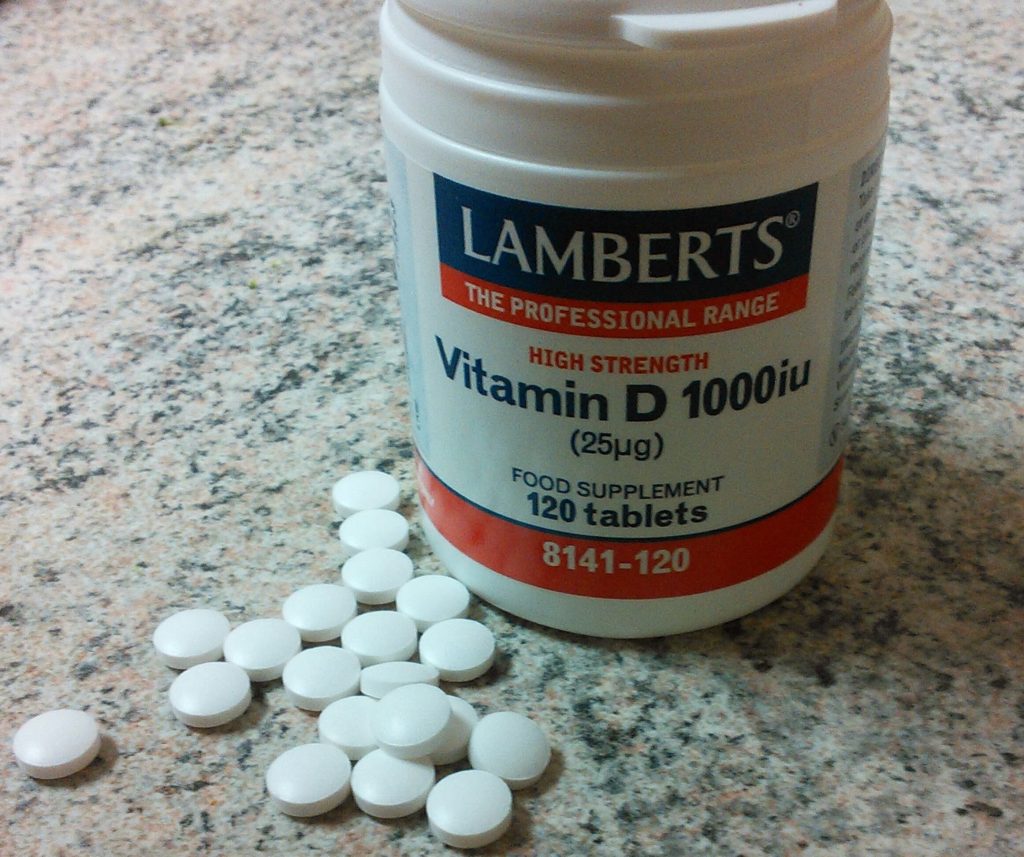 Three main theories have been suggested to explain the toxicity associated with excessive intakes of vitamin D. These theories are described and discussed in part 1 (here) and part 2 (here) of this article. The traditional view is that high intakes of vitamin D increase blood calcium levels and that this is the cause of the physiological changes seen with vitamin D toxicity. However, animal studies show that vitamin D toxicity can manifest without elevated levels of calcium. High calcium levels also cannot explain the anorexia, lethargy, growth retardation, bone resorption, soft tissue calcification, and death seen with vitamin D toxicity because when calcium levels are artificially lowered through use of drugs, these detrimental changes still manifest. Also, it is possible to reduce the soft tissue calcification seen with excess intakes of vitamin D without lowering calcium levels. The high calcium levels seen with excessive intakes of vitamin D are therefore likely to be an effect of toxicity, rather than its cause.
Three main theories have been suggested to explain the toxicity associated with excessive intakes of vitamin D. These theories are described and discussed in part 1 (here) and part 2 (here) of this article. The traditional view is that high intakes of vitamin D increase blood calcium levels and that this is the cause of the physiological changes seen with vitamin D toxicity. However, animal studies show that vitamin D toxicity can manifest without elevated levels of calcium. High calcium levels also cannot explain the anorexia, lethargy, growth retardation, bone resorption, soft tissue calcification, and death seen with vitamin D toxicity because when calcium levels are artificially lowered through use of drugs, these detrimental changes still manifest. Also, it is possible to reduce the soft tissue calcification seen with excess intakes of vitamin D without lowering calcium levels. The high calcium levels seen with excessive intakes of vitamin D are therefore likely to be an effect of toxicity, rather than its cause.

Vitamin A may protect from the toxic effects of vitamin D by regulating the interaction of calcitriol (1,25-dihydroxyvitamin D) with its receptor. If vitamin A can downregulate the vitamin D dependent production of matrix Gla proteins, this may spare vitamin K and prevent vitamin K depletion. It is thought that the depletion of vitamin K may cause some or all of the toxicity associated with excessive intakes of vitamin D. Vitamin interactions are highly complex, but a basic understanding of their influence can be an important part of successful nutritional strategies.
For this reason other theories have been put forward to explain vitamin D toxicity and these include increased levels of the vitamin D metabolite 25-hydroxyvitamin D interfering with the biological function of the active vitamin D metabolite calcitriol, and a depletion of vitamin K from the body. These theories may not be mutually exclusive as the first theory could explain the mechanism by which the higher levels of calcitriol become present in the cells, and the second theory could explain the ultimate result of this elevated level of calcitriol. The vitamin K depletion theory is interesting because many of the symptoms of vitamin D toxicity including anorexia, lethargy, growth retardation and calcification of soft tissue, and identical to those seen with a vitamin K deficiency. Vitamin D can deplete vitamin K because the vitamin D metabolite calcitriol increases production of matrix Gla proteins than require vitamin K-dependent carboxylation for their activation, this increasing vitamin K requirement.

Good food sources of vitamin A include beef liver, lambs liver, butter, eggs and cod liver oil. Vitamin A can also be synthesised from beta carotene and this can be obtained from carrots, spinach, kale and broccoli. Consuming foods rich in vitamin A as part of a balanced diet may protect from the possible effects of excessive vitamin D intakes. However, all nutrients should always be consumed in balance, and excessive amounts of any nutrient should be discouraged.
However, vitamin A appears able to prevent the vitamin K depletion seen with very high intakes of vitamin D, and thus can prevent some of the detrimental effects. Vitamin A is a fat soluble vitamin as thus can enter cells by diffusion through the cell membrane. Here it binds to two types of receptors called the retinoic acid receptors (RAR) and retinoid X receptors (RXR). When activated these receptors bind to DNA and this then causes a number of specific cellular changes relating to vitamin A. Of these two receptors, it appears that the RXR receptor is able to bind to DNA elements that then are able to regulate the responsiveness of the DNA to vitamin D and thyroid hormones. This type of interaction at the DNA levels may explain the ability of vitamin A to decrease or even prevent some of the toxicity associated with vitamin D. If vitamin A can decrease the responsiveness of the DNA to calcitriol, this may decrease the expression of matrix Gla protein, and this decrease the requirement for vitamin K, sparing the vitamin.
Eat Well, Stay Healthy, Protect Yourself
RdB
